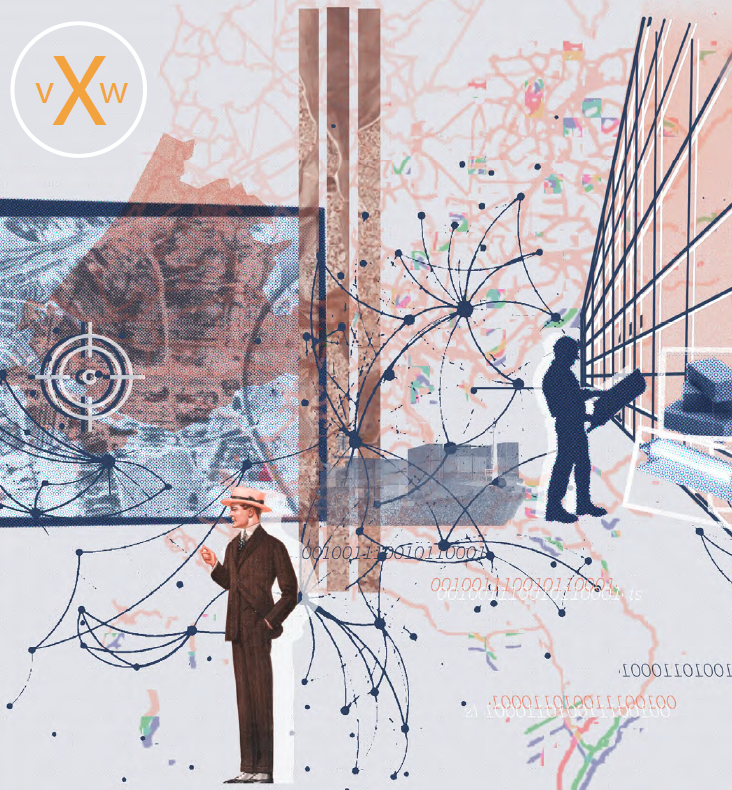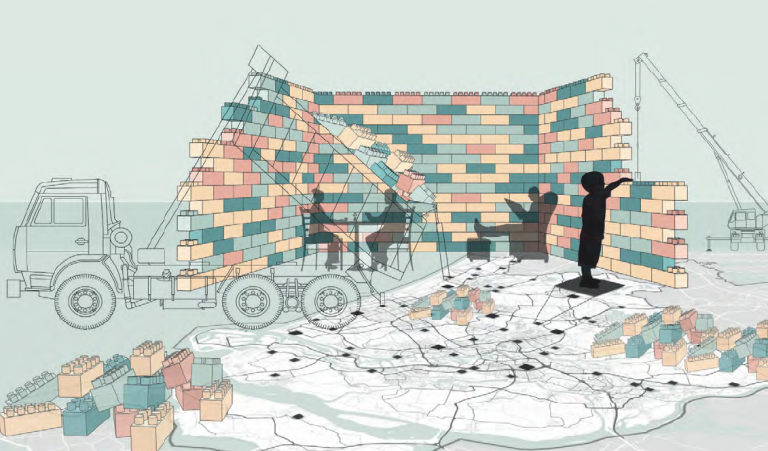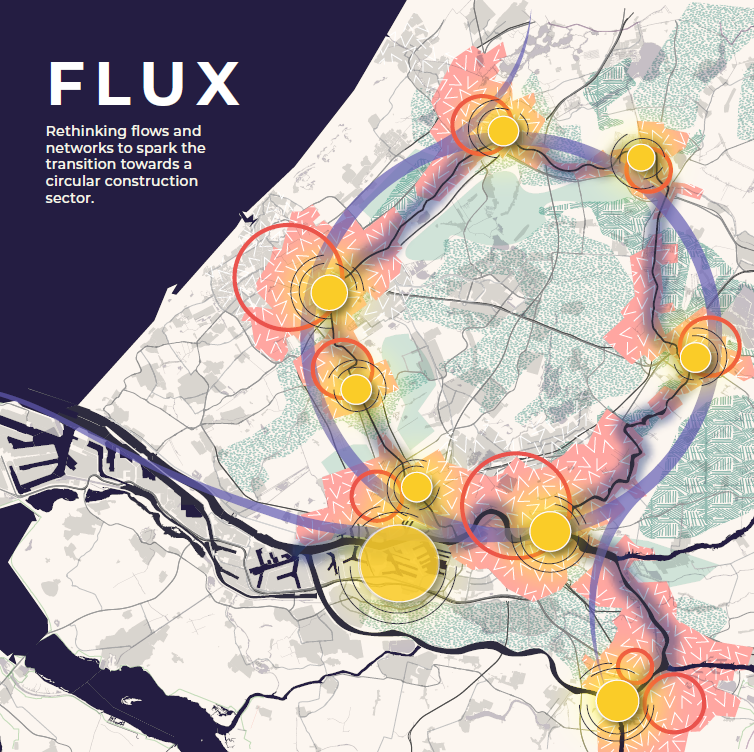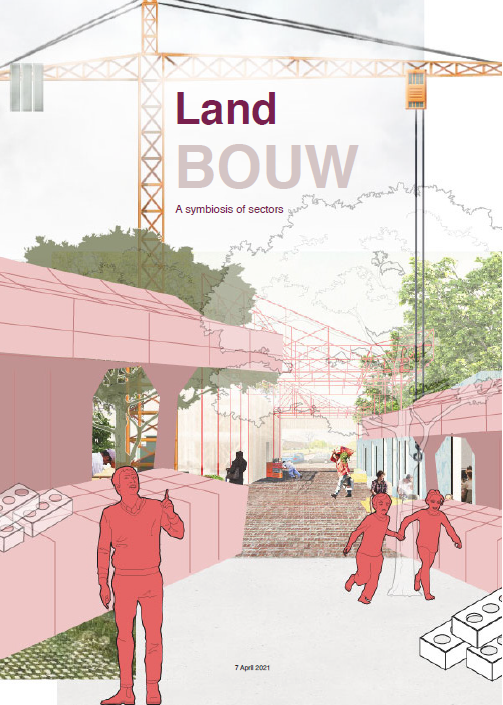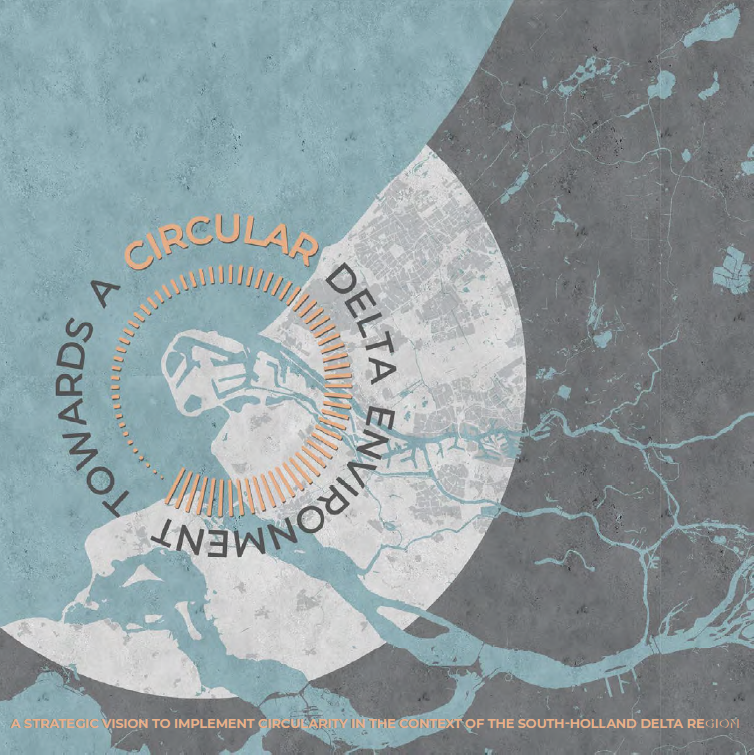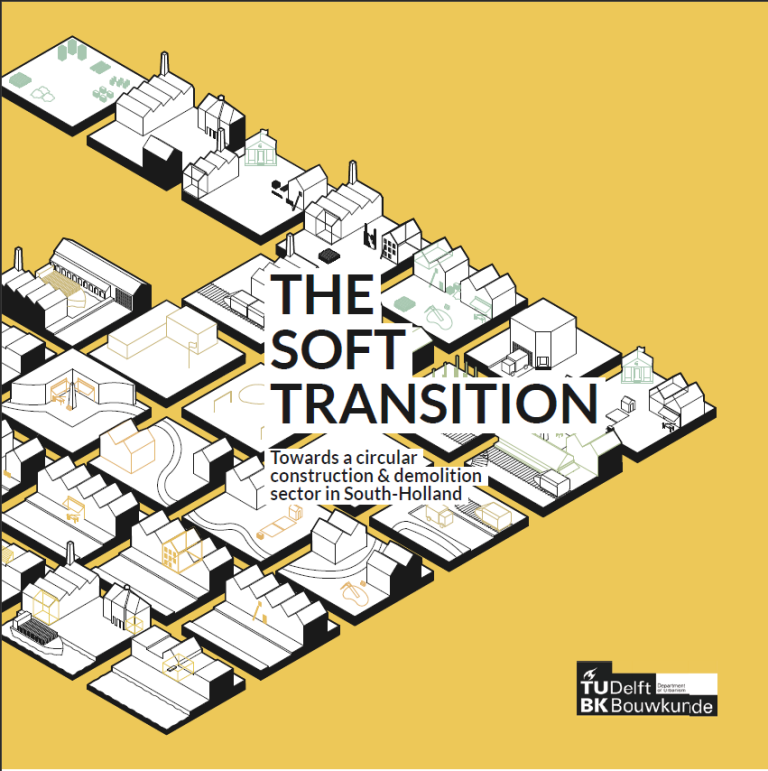
Towards a circular construction- and demolition sector
The South-Holland construction sector generates approximately € 13 billion per year, and entails around 33,000 businesses and 105,000 jobs in the building of homes, commercial buildings and roads (Drift and Metabolic, 2018). It is estimated that around 40% of all raw material flows within the provincial territory are generated by the sector and that it produces with around four million tons the largest waste stream in the region. Waste materials – in particular stony rubble - are reused but usually thereby undergo a process of down-cycling. Less than 3% of concrete granulate is turned back into concrete, for an instance. The negative balance is expected
to worsen due to the ongoing energy transition. The rapid building of solar fields and wind farms - the latter for a large part on the North Sea - are expected to produce massive material return flows in the future.
Aligned with a series of other policy agendas (Transitieteam Circulaire Bouweconomie, 2018, Ministerie van I&M, 2016), the Province of South Holland therefore strives for a fully circular construction economy in 2050. In a dedicated strategy, it seeks for a wider, diversified and more value-sustaining re-use of construction waste, a circular design of the entire construction chain, a large-scale use of renewable bio-based raw materials (under consideration of ‘fair share’-principles for biomass), as well as the application of a variety of supportive organisational and business models (such as leasing). During a transition period, the province wants to align efforts with in particular the energy transition. It also wants to focus on mitigating negative externalities of real estate development, through for instance supporting measures that extend the life of the built environment, avoid new construction, and enhance urban mining and circular demolition through coordinated area development.
Student projects


